An introduction to Pilates
For those of you who practice Pilates regularly, you have already felt the benefits of this complex practice. Pilates is now the most popular “movement workout” that enhances healthy bones, joints, cartilage, discs, and muscles. On top of that, you feel strong from the inside out and feel good about your body. Done correctly and carefully, Pilates not only prevents injuries but also helps us cope with the stress of everyday life.
What is Classical Pilates?
Classical Pilates is the original work designed by Joseph and Clara Pilates with little or no deviation. The most obvious difference between Classical Pilates and other disciplines is the exercise order. The traditional order recruits specific muscle firing patterns over and over challenging the movement by changing the center of gravity and the surface stability. Many non-classical or “Contemporary” Pilates methods do not adhere to the order which ultimately changes the exercise goal and compromises the integrity of the work. There are many variations of Pilates in the market today. All are Pilates-based, but only the classical work is true to the authentic form.
Remember to follow Joseph Pilates’ 6 Main Principles while doing your class:
Centering: Physically bringing the focus to the center of the body, the powerhouse area between the lower ribs and pubic bone. Energetically, Pilates exercises are sourced from the center.
Concentration: If one brings full attention to the exercise and does it with full commitment, the maximum value will be obtained from each movement.
Control: Every Pilates exercise is done with complete muscular control. Nobody part is left to its own devices.
Precision: In Pilates, awareness is sustained throughout each movement. There is an appropriate placement, alignment relative to other body parts, and trajectory for each part of the body.
Breath: Joseph Pilates emphasized using a very full breath in his exercises. He advocated thinking of the lungs as a bellows — using them strongly to pump the air fully in and out of the body. Most Pilates exercises coordinate with the breath, and using the breath properly is an integral part of Pilates exercise.
Flow: Pilates exercise is done in a flowing manner. Fluidity, grace, and ease are goals applied to all exercises. The energy of an exercise connects all body parts and flows through the body in an even way. Pilates equipment, like the reformer, are very good mirrors of one’s flow and concentration as they tend to bang around and suddenly become quite “machine-like” if one loses one control and flow.
Interested in any of our Pilates classes in Bali? Get in contact with us regarding an introductory class at any of our studios in Legian, Berawa or Sanur.
